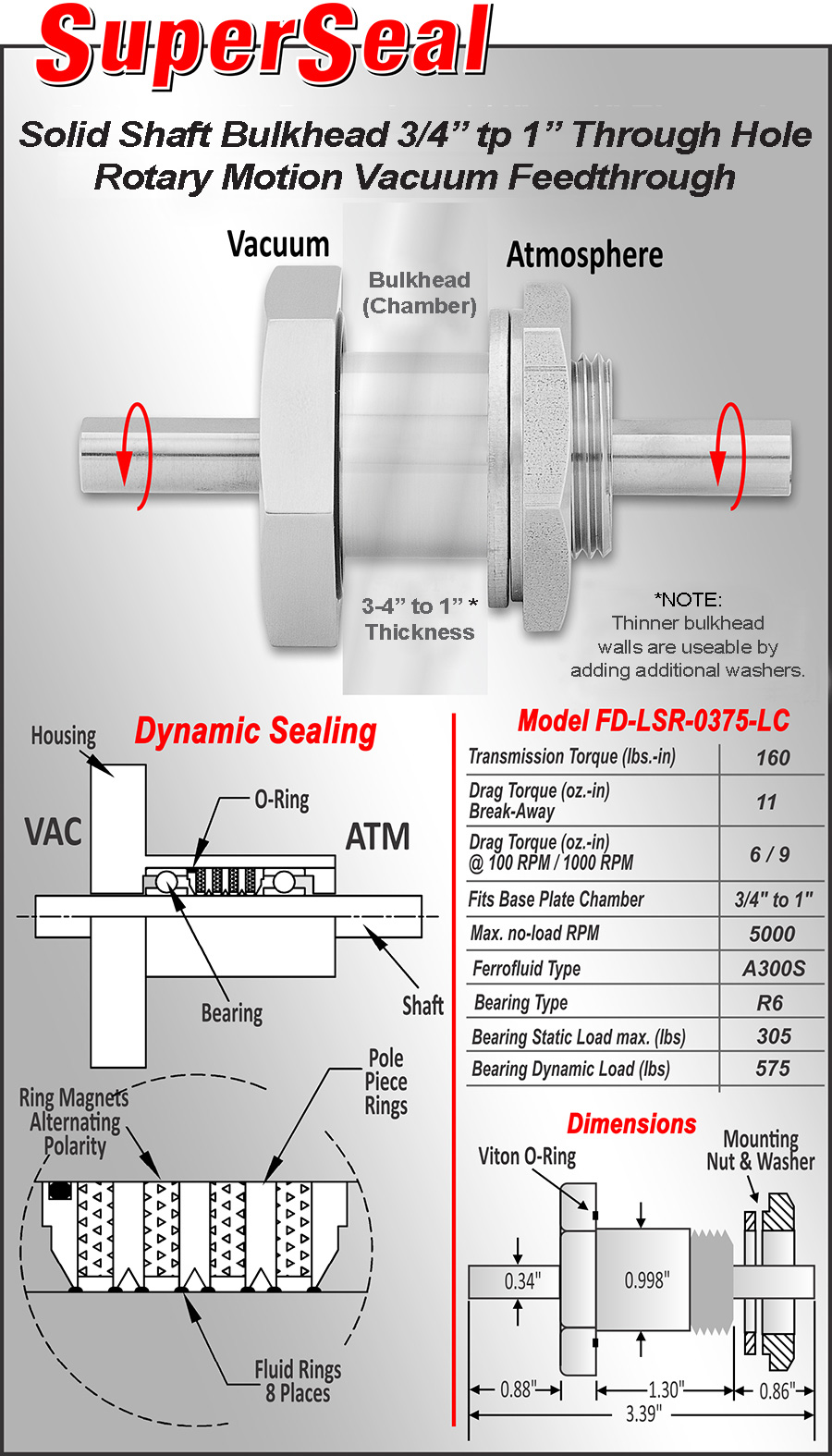Keyword Ideal Spectroscopy Part Number Manufacturer Part Number
Keyword Ideal Spectroscopy Part Number Manufacturer Part Number

$921.57
Press ESC to Close

Ideal Spectroscopy offers 3D CAD models in Solidworks (SLDPRT), STP, & STEP formats. For those without CAD software a free trial 3D model viewer with measurement capabilities can be
downloaded here:![]() eDrawings Viewer For Windows
eDrawings Viewer For Windows
![]() eDrawings Viewer For MAC.
eDrawings Viewer For MAC.
Press ESC to Close